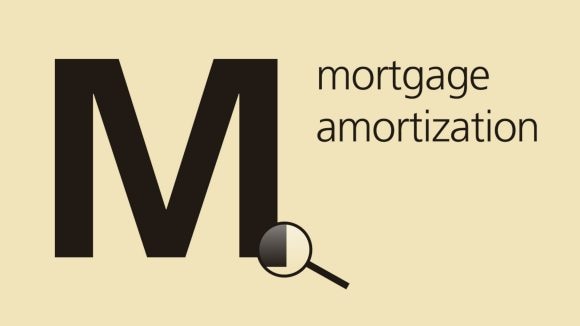
Someone buying a house typically takes out a mortgage, meaning they take on debt. Repayment is often in installments. In the specialist's lingo, this is called “amortization.” Only the so-called second mortgage is subject to obligatory amortization. This loan must be paid off in regular tranches within 15 years. Repayment of the first mortgage, which covers up to two thirds of the market value determined by the bank, is not obligatory.
A mortgage can be amortized in two ways: directly or indirectly. In the case of direct amortization, debts are regularly reduced by a fixed amount, generally every quarter. In this way, the outstanding amount and interest burden are reduced. Taxes, however, go up due to the lower mortgage debt.
Indirectly amortize a mortgage through retirement solutions
In the case of indirect amortization, the debts remain unchanged. The home owner pays the amortization amount into a 3a pension solution, for example, which is pledged as security for the bank. This lets you build up retirement savings and also save on taxes. The capital is paid out on retirement, at the latest, and the mortgage must be paid off. Which version is most suitable must be decided on a case-by-case basis. One thing is certain: if you buy your own home, you need a clever amortization strategy.
